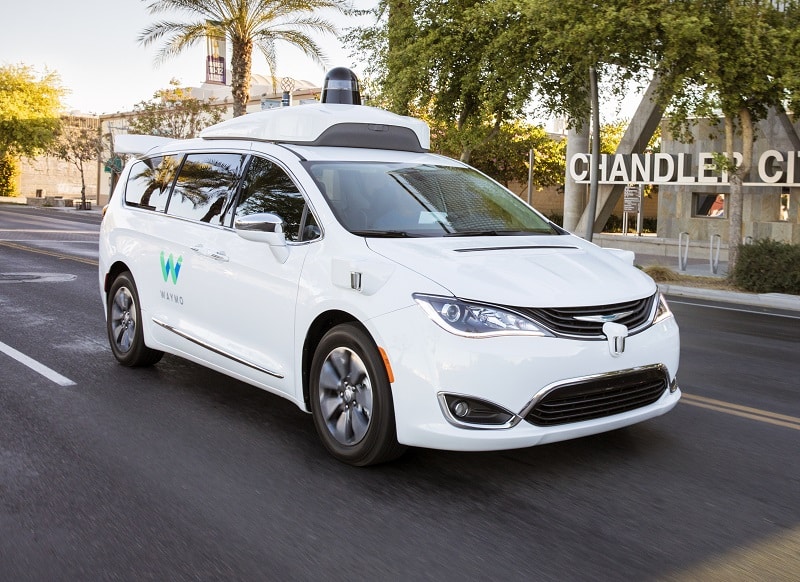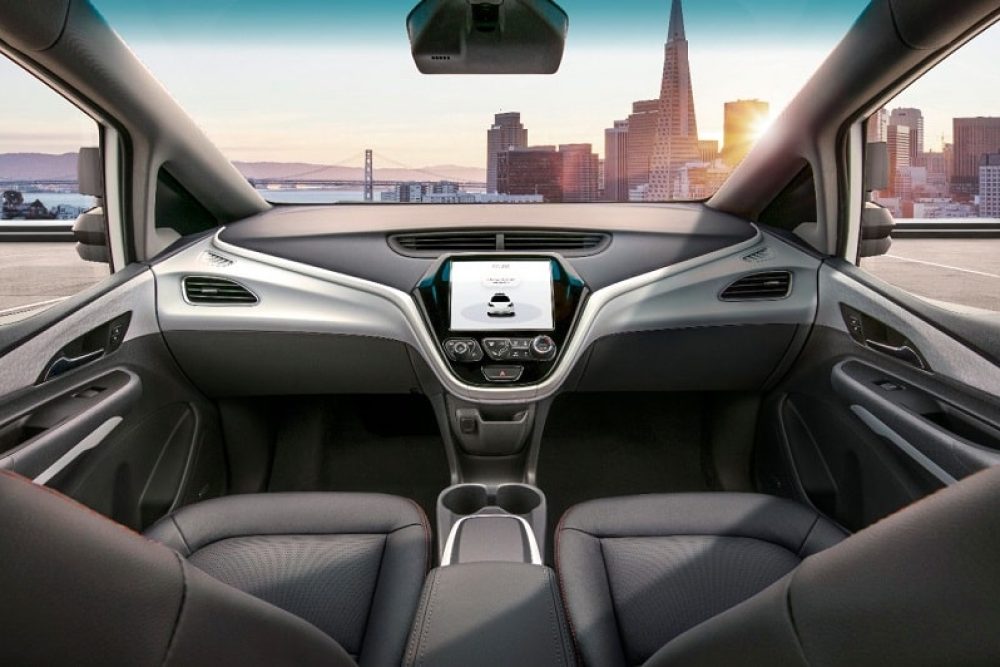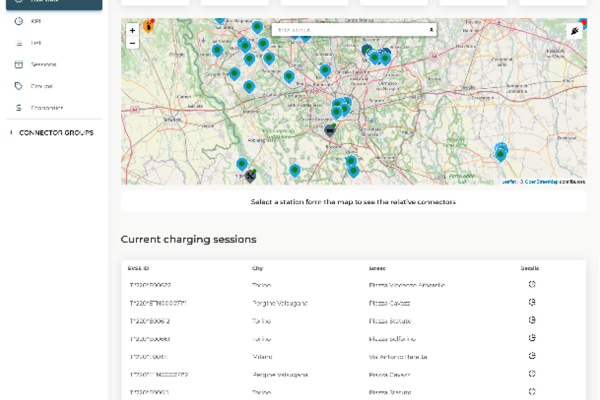LOOK – no wheel! Not left-hand or right-hand drive, simply no hands, and no driver.
Driverless cars move a step closer to reality with the news that General Motors is seeking US government approval for a fully autonomous car without a steering wheel, brake or accelerator pedals to go into service with the carmaker’s first commercial ride-sharing fleet next year.
It will be based on the Cruise AV – a rebranded version of the Chevrolet Bolt EV – and has even been engineered to cater for those unable to open a door for themselves as well as the hearing and visually impaired.
GM President Dan Ammann said the company had filed for government approval to deploy the “first production-ready vehicle designed from the start without a steering wheel, pedals or other unnecessary manual controls”.
The carmaker has asked the National Highway Traffic Safety Administration to allow 16 alterations to existing vehicle safety rules – such as having an airbag in what would normally be the driver’s seat, but without a steering wheel.
It would then need to obtain similar approval from individual US states. Where states stipulate a car must have a licensed human driver GM said it will work with regulators to change or get a waiver from existing rules.
The Cruise AV is equipped with the automaker’s fourth-generation self-driving software and hardware, including 21 radars, 16 cameras and five lidars – sensing devices that use laser light to help autonomous cars locate objects and obstacles.
GM is one of a number of carmakers are working on similar projects. Ford announced recently it will partner with delivery service Postmates in the US to test ways to transport people, food and packages in self-driving cars.
Non automotive businesses such as Uber Technologies and Google’s Waymo have been testing self-driving vehicle prototypes in limited ride sharing applications.









